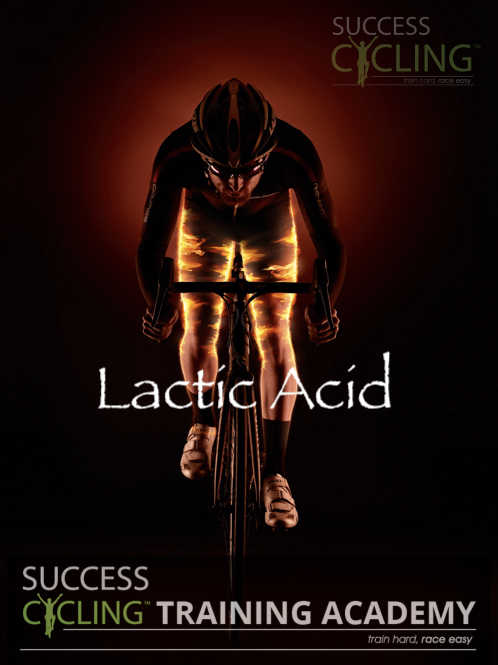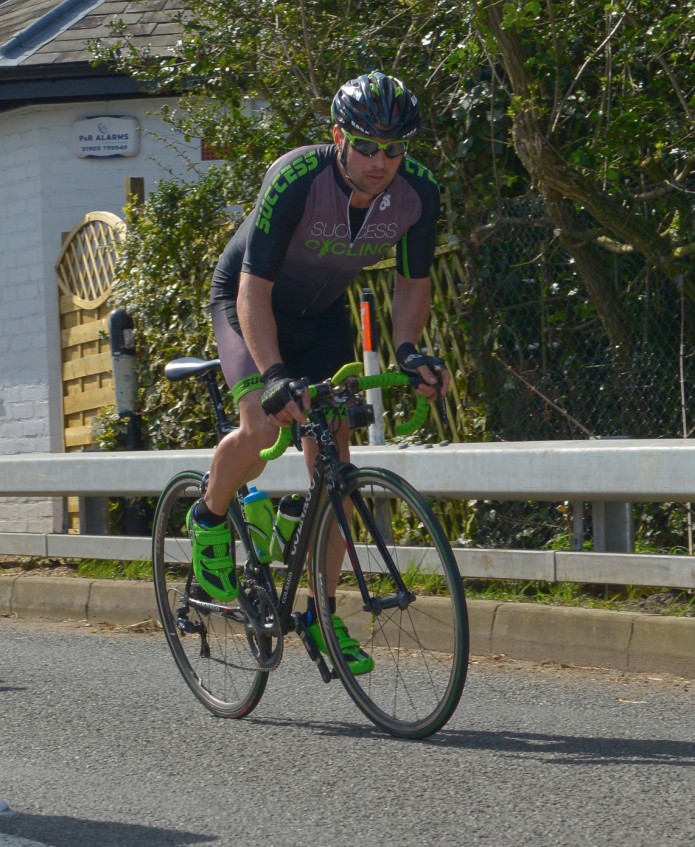Pedal Like A Pro
- August 20, 2015
- Success Coach
- Uncategorized
- No Comments

Pedalling is something most people do without even thinking about, but if thats you then you are really missing a trick. Why is good pedalling technique important? Well, correct technique can minimise the metabolic cost of cycling, maximise your power output and minimise the forces that cause injury to your joints, muscles and ligaments.
There are two major groups of muscles around the ankle which can help your pedal stroke. The most powerful group is the posterior tibial, commonly known as the calf muscles (C on diagram 1). The two biggest muscles in this group, the gastrocnemius and soleus, combine above the heel to form the Achilles Tendon and push the foot and ankle downwards (plantarflexion). At the front of the leg, along the shin, is the anterior tribial group (D on diagram 1). This pulls the foot and ankle upwards (dorsiflexion) and they’re less powerful than the calves.
Pedalling is defined as a ‘circular motion with repetitive pattern of force application’. But the force put through the pedal isn’t constant throughout the full revolution of 360°. Pedalling is usually divided into propulsion and recovery phases or push and pull (see diagram 2). If you want to achieve effective cycling, you must retain the propulsive phase for as long as possible, i.e drive the pedals for longer and the keep the recovery phase to a minimum.
You can enhance the propulsion phase by improving pedalling technique. One method often recommended is to use the ankle to pull up / push down during the pedal revolution. It’s called ‘ankling’ and has been used to achieve maximum power and propulsion.
There is a well known phrase ‘pedal in circles’. What this means is that you should think about using all 360° of the pedal stroke. The key is to eliminate all dead spots in the circle by pedalling all the way through, so when you get to the bottom of the stroke you should pull your foot back and then up. The technique here feels like you are scraping some mud off the bottom of your shoe by pulling back. You should feel this effort in your hamstrings at the back of your legs. When your pedal moves into the final up phase of the stroke the feeling is one of lifting your knees by recruiting your hip flexors. This action doesn’t add much in terms of power to the pedal stroke but it is fundamental to making it a smooth action.
Pedalling out the saddle the principle is similar except you won’t be able to perform a scrapping action at the bottom of the stroke. Lift your feet on the upstroke to unweight them and if you are really putting out a lot of power,pull up as well with your hamstrings and hip flexors.
You need to make sure your saddle is at the right height. It is impossible to pedal smoothly if your seat is too high and its much harder to recruit the right muscles if your seat is too low.
With winter approaching it is a great time to start to focus on some technique work that will help you go faster next season. The level of intensity in your sessions will be lower. Practise on a turbo or rollers using the drills stated below of ‘spin ups’ or ‘one legged pedalling’. Even riding the rollers with two legs means you have to be super smooth and its a great way to learn but doing it with one leg really works all the muscles needed and if done enough can hardwire into your brain the pattern of muscle recruitment. On the turbo try some slow cadence drills that will teach you were the dead spots in the pedal stroke are and what action helps to get you over it. Keep your upper body still with you hands resting gently on the tops of the bars with loose grip to make sure your legs are doing all the work. Practise with a slow cadence means that you can concentrate a lot more with recruiting the right muscles to help with the full pedal stroke. Make sure you concentrate on keeping it smooth. Don’t stamp on the pedals. Can help if you start off by only concentrating on the second half of the pedal stroke.
Two training drills to develop your pedalling
The key to success is not just spinning fast but spinning fast with great strength and a smooth action so you need a solid background of training first before you’ll benefit from increasing your cadence from the normal 70 – 90 rpm that most cyclists ride. This is why I say the off season is a great time to start as you are following on from a years worth of training and have less of a focus on the higher end intervals. Here are two drills to help you increase your cadence.
1) Spin Ups – As part of another training session, either on the road or on a turbo trainer. Keep a low resistance, stay seated and gradually increase your revs in a low gear until you reach your maximum cadence. Maximum cadence means the fastest you can pedal smoothly without bouncing on the saddle. Try to hold this cadence for around one minute, and concentrate on trying to keep your legs as relaxed as possible, maintaining smooth pedalling action. As you get better at the drill, try to do it with a relaxed upper body too. Try to loose the tension in your shoulders. Recover for 3 minutes between each bout of fast pedalling and do three to five bouts in total. Each time you perform this session try to increase your maximum cadence by a few revs each time.
2) One Legged Pedal – Do this on a turbo trainer at the start of a session. After the warm up, unclip one foot and pedal using the other. Focus on pushing through the dead spots, and on the up phase of each pedal revolution, and keep the upper body still and relaxed. Do one minute with each leg and repeat three times for each. Start of with a slow cadence and as you get better you can slowly increase the cadence of the one legged pedal stroke but make sure to always keep proper smooth technique. If you start to feel like the pedal stroke is getting choppy, slow it back down until you have a nice smooth action.
For an advanced rider you can look at using a pedalling device called the Tangent Trainer. The Tangent Trainer is a patented training device for use on a turbo trainer that bolts between the crank and the pedal. It fits to any bike with a standard pedal thread (9/16), as it uses standard threads and fittings, and is usable with any ‘clip-in’ pedals. The Tangent Trainer provides an additional degree of freedom between the crank and the pedal. If constant pressure from both feet is not maintained tangential to the rotation of the crank at all times, the link deviates from the correct path and you lose power to the crank. Effectively Tangent Trainer trains the rider to ‘tow’ the pedal cranks around.
What this enables the rider to achieve is to develop a virtually true circular pedalling motion constantly applying force to the crank, clearly the downward stroke is still more powerful as the muscle groups used for this are greater, but it promotes the development of other less used muscle groups into producing power for a fuller circular stroke, and makes the rider conscious of wasted effort on the upstroke due to the trailing foot working against the leading foot.
Trials are ongoing to establish true power gains from a cyclist in real testing but at this stage in the development it is foreseen that increases of up to 20% may be possible when the pedal trainer is used in conjunction with a normal turbo trainer exercise regime.
If you would like to know more or purchase a Tangent Trainer please drop us an email at sales@successcycling.co.uk
Leave a Comment cancel
This site uses Akismet to reduce spam. Learn how your comment data is processed.


 Diagram 2
Diagram 2 




